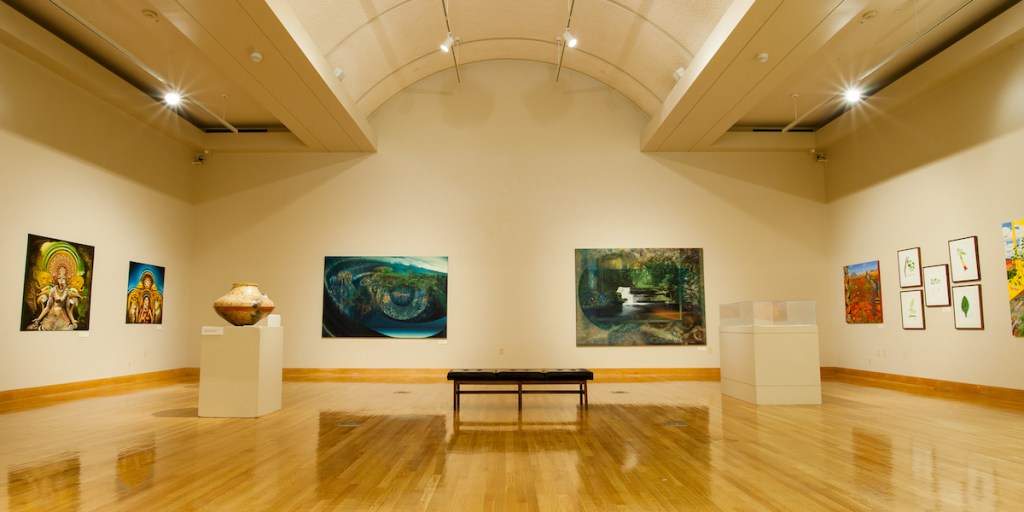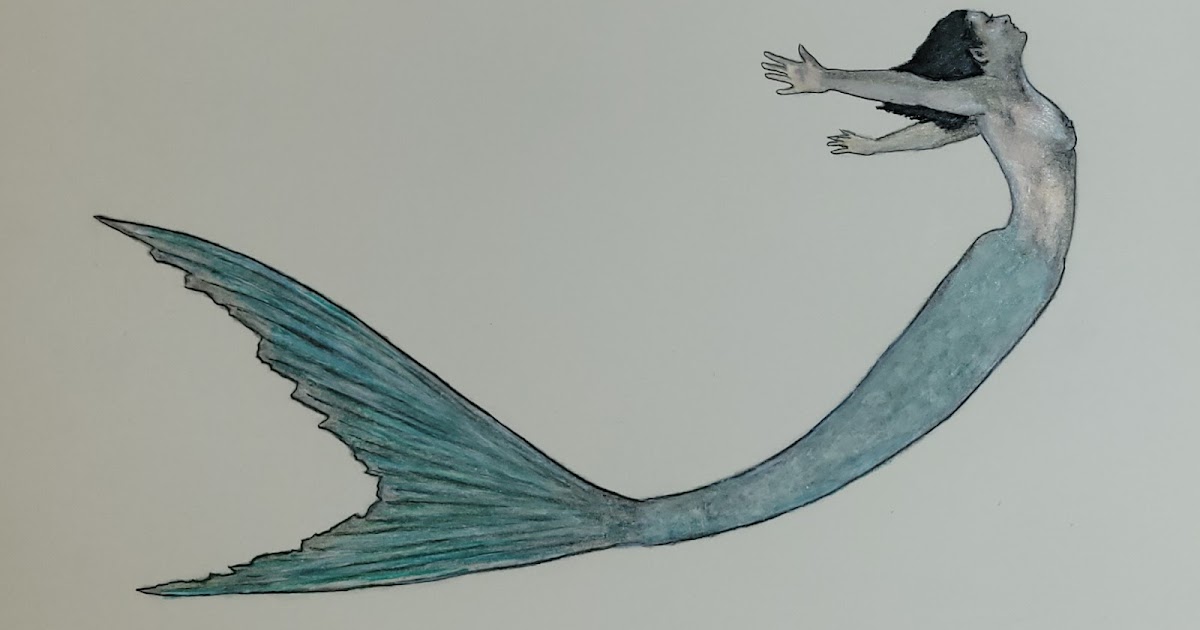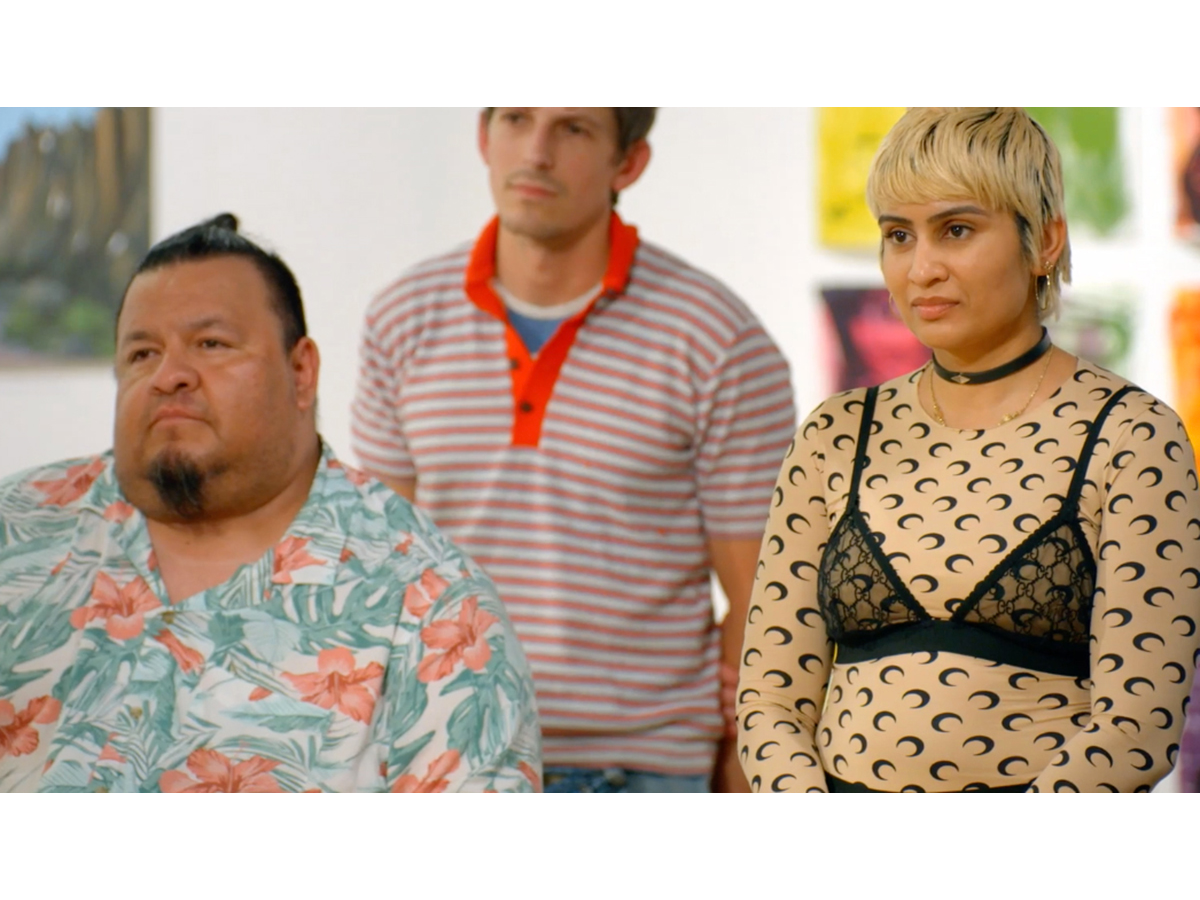A judicial ruling dismissed a lawsuit over the proposed sale of three major paintings from the Brauer Museum of Art at Valparaiso University in Indiana last month, reported the Art Newspaper. The sale of the artworks would help raise up to $10 million for improvements to the school’s freshman dormitories.
Porter County superior court judge Jeffery Thode ruled that the lawsuit trying to stop the university’s planned sale of the works could not continue because the plaintiffs Richard Brauer and Philipp Brockington lacked the standing to bring the action, as they are not directly connected to the trust that originally gifted the paintings to the university museum in 1953.
Richard Brauer was the founding director of the Valparaiso University Art Museum, which was renamed in his honor in 1996, and Philipp Brockington, who passed away on November 5, was a retired professor emeritus of law at the university and a benefactor of a fund that was set up to endow the museum.
During the court proceedings, the paintings in question—Georgia O’Keeffe’s Rust Red Hills (1930), Frederic E. Church’s Mountain Landscape (1865), and Childe Hassam’s The Silver Veil and the Golden Gate (1914)—were moved by the university to a secure, off-site location. The collective sale price of the works is estimated to be as high as $10 million.
In 1953, the donor trust agreement made between collector Percy H. Sloan, who donated nearly 400 works to the university including 276 by his father artist Junius Sloan, and Valparaiso University stipulated that “the collection shall be open to the public generally during … reasonable hours…; it being the intention of the parties to make the benefits of this collection available to all persons.” Though it required pieces from Sloan’s collection to be on view in a dedicated space, it made no clear provisions on the future sale of any of the artworks in the gift.
In a statement, Valparaiso University president Jose D. Padilla said that the plan “is consistent with the donor’s intent in that it will result in more students on campus and more students able to appreciate the art displayed at the university.”
In March, the university’s lawyer Randal J. Kaltenmark wrote to Scott Barnhart, chief counsel and director of consumer protection in the state Attorney General’s office, claiming that Valparaiso is planning to use the money to refurbish the freshman dorms as part of a larger plan to address declining enrollment. In the last five years, enrollment has decreased from nearly 4,500 to roughly 3,000 students—a one-third reduction that has financially impacted the institution including job losses.
Additionally, Kaltenmark pointed out that only Church’s painting was part of the original gift, and that the two other paintings were purchased by the museum with money from the endowment fund that Sloan gave to Valparaiso along with the collection that established the museum.
On campus, however, there has been increased support for the university to keep the paintings, with more than 2,500 signatories as part of an online petition. The petition requests that Valparaiso find alternate methods for raising the money to support the renovations that does not require the sale of the works.
The Indiana State Attorney General’s Office of Consumer Protection is expected to determine whether selling the works is a violation of the donor’s terms.



